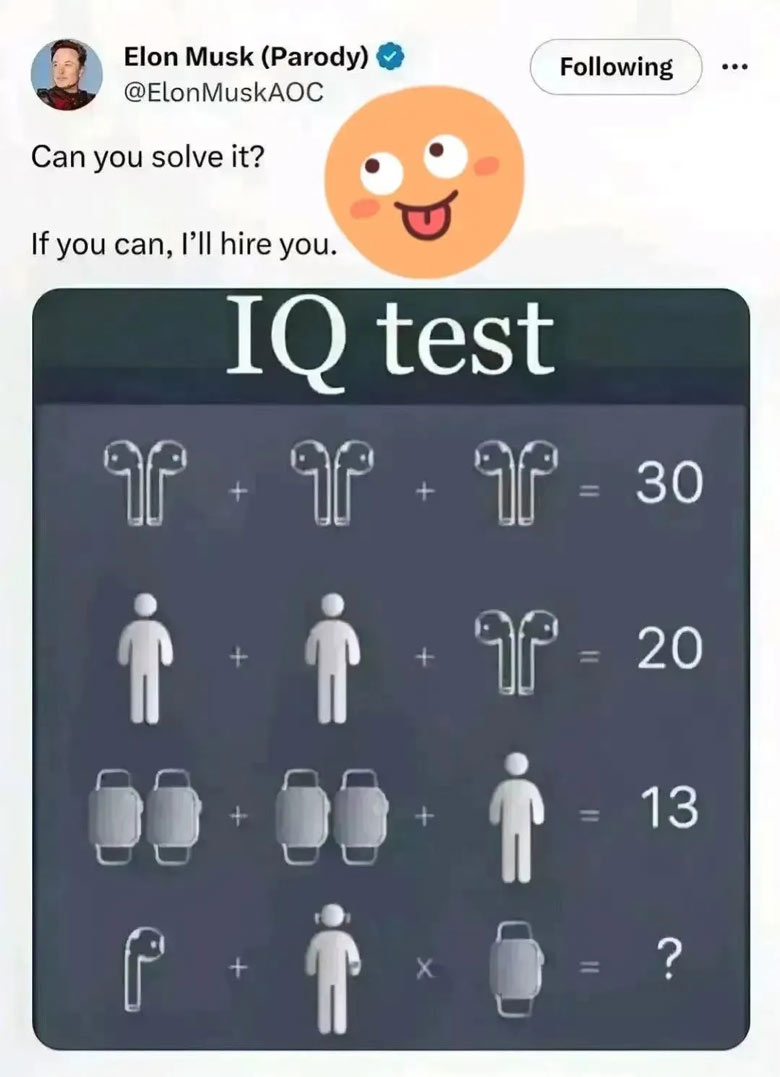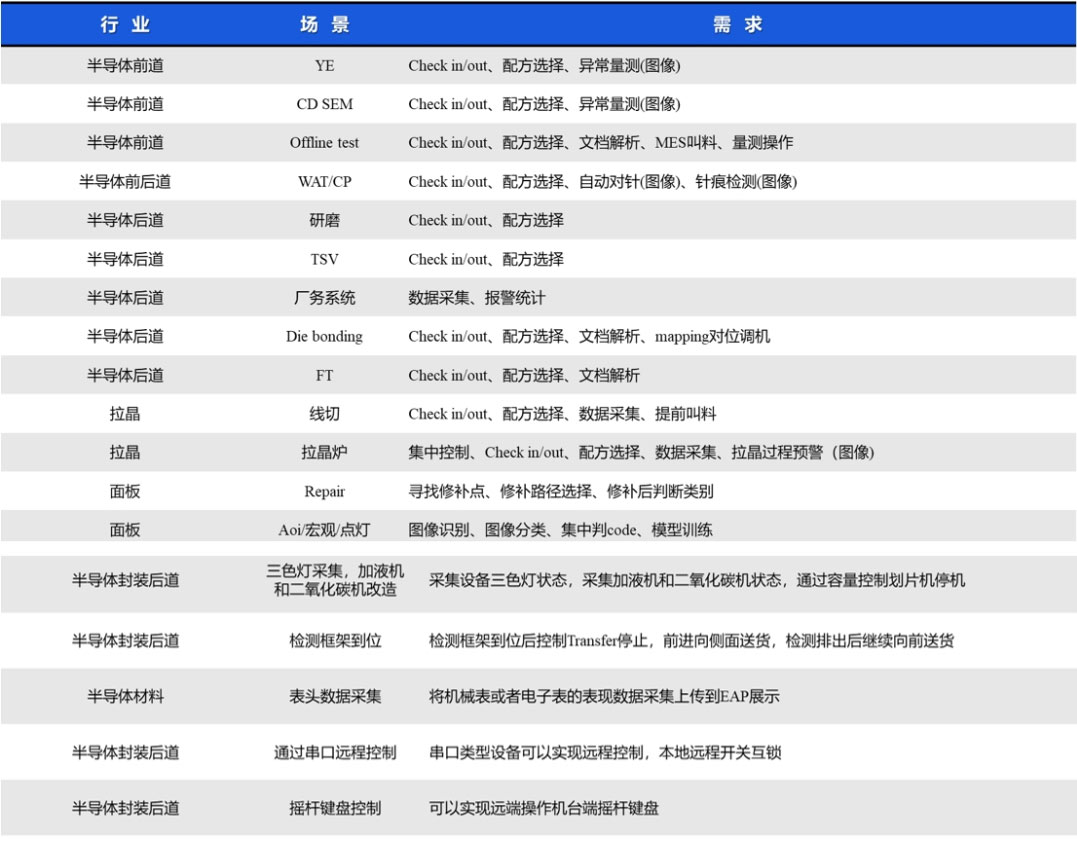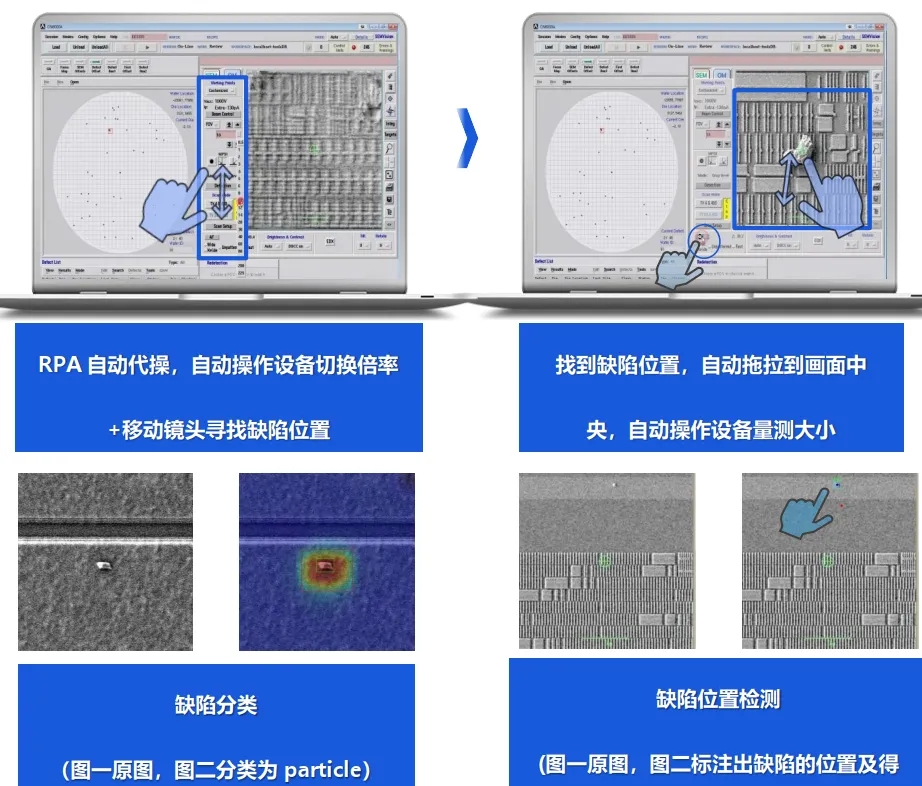Last month, Elon Musk proposed an IQ test question on his social media account. At the end of last week, at the first global Artificial Intelligence (AI) Safety Summit, Musk had an in-depth discussion with the British Prime Minister Rishi Sunak about the future development of AI, especially emphasizing that in the next decade, artificial intelligence will be a key factor in the development of human society, and therefore countries should increase their investment in the development and application of artificial intelligence.

From the IQ test question, a combination of electronic components, portraits of people, and operators can be clearly observed. However, this is not a simple logical operation. Musk's demand for talent recruitment reflects his in-depth thinking about the production efficiency of manufacturing enterprises. In fact, not only the richest man is thinking about this problem. As a global manufacturing power, in recent years, domestic advanced semiconductor and liquid crystal panel manufacturing production managers have also frequently raised similar demands. Especially now that semiconductor manufacturing has developed to the Full - auto stage, it is hoped that through automation, digitization, and intelligence and other means, fully automated production can be achieved, and finally a black light factory can be realized.
To achieve the above vision, many problems still need to be solved. For example, in the case of production anomalies or quality anomalies, manual intervention is still required; due to the large area of the workshop, the machines are too scattered and it is inconvenient to enter the clean room, which is not conducive to management; some equipment cannot perform data interaction; the alarm of the workshop machines is not eliminated in a timely manner, which is likely to cause the entire production line to shut down; in addition, the labor cost of advanced manufacturing is high, and there is a shortage of skilled workers. The transformation of old equipment is difficult; for a production line mainly composed of old equipment and non - automated, it is necessary to achieve full automation. All these pose huge challenges to production. In the exploration of solutions to such problems, the number of research papers on artificial intelligence (AI) in academic technical theories is far ahead (see the figure below).

Advanced manufacturing leading enterprises are also paying more and more attention to solving the above problems by means of artificial intelligence, etc., in order to achieve the goal of Industry 4.0.
From a global perspective, the market potential of artificial intelligence and industrial automation in Industry 4.0 is huge, and the future market size will grow rapidly. According to a research report by Precedence Research, according to the statistics of Industrial Internet (IIoT), blockchain, Machine Learning (ML) and artificial intelligence, Digital Twin, 3D printing, and industrial automation, in 2022, the global Industry 4.0 market size exceeded $1,140.1 billion, and it is expected to reach about $6,349.4 billion by 2032, among which artificial intelligence and industrial automation play a crucial role in Industry 4.0.
The black light factory is an industry-recognized future form of Industry 4.0. Advanced manufacturing enterprises' intelligent suppliers, combining industrial automation and AI and other technologies, have begun to explore the landing solution of the black light factory. As an explorer of black light factory, Shanghai Glorysoft Software Co., Ltd. first launched the LOFA (Light Off Factory Assistant) factory intelligent assistant product, which is a factory intelligent control platform product driven by multiple factors, containing AI +RCM+RPA, as well as BI、KM、SOP different applications, and has many invention patents in this field. With its deep accumulation in the semiconductor CIM field, it has had practices of RCM, ADC, RPA, etc. on nearly 10,000 devices in semiconductor front - track 12 - inch factories, panel factories, third - generation semiconductor factories, back - track factories, and crystal pulling factories, and has accumulated rich solutions in different scenarios.

Some Application Scenarios
Based on the application practice of the above scenarios, LOFA has helped customers save more than 30% of labor, increased equipment efficiency by 3% - 5%, and increased personnel efficiency by 80%.

At the same time, it has the functions of automatically eliminating anomalies and, etc.; improving the production rate of the production line, enhancing the product yield, and reducing the human error rate, with remarkable results. It is worth emphasizing that the recognition accuracy rate of LOFA's algorithm is 10% higher than that of human judgment.

LOFA Case: A Well - known Semiconductor 12 - inch Factory
Customer Demand: The work of evaluating and processing defects generated in the wafer process is all completed by humans, and it is inconvenient to enter and exit the clean room, relying on experienced workers and unable to guarantee accuracy. An automatic defect detection scheme is needed to save labor and improve yield and production capacity.
Solution: Through remote centralized control technology and the experience accumulated by Glorysoft in the front - track factory, the parameters of the remote control machine are modified to monitor and identify alarms. The RPA technology is used to automatically detect the defect points in the wafer. The artificial intelligence image recognition technologies such as text recognition, target detection, image classification, and template matching are used to solve the technical difficulties such as automatic defect classification, defect location detection, and interface character recognition in the process, and finally the entire process of high - precision unmanned real - time automatic operation is achieved.
Implementation Effect: Before the implementation of LOFA, the Defect leakage rate of the machine was 5%, and the Defect binning accuracy rate was 80%. After the implementation of LOFA, the Defect leakage rate was 2%, and the Defect binning accuracy rate was 90%, and the overall operation process automation execution rate exceeded 90%, effectively improving the yield. And all monitoring processes are automatically documented, providing data for KM precipitation and future SOP improvement.













